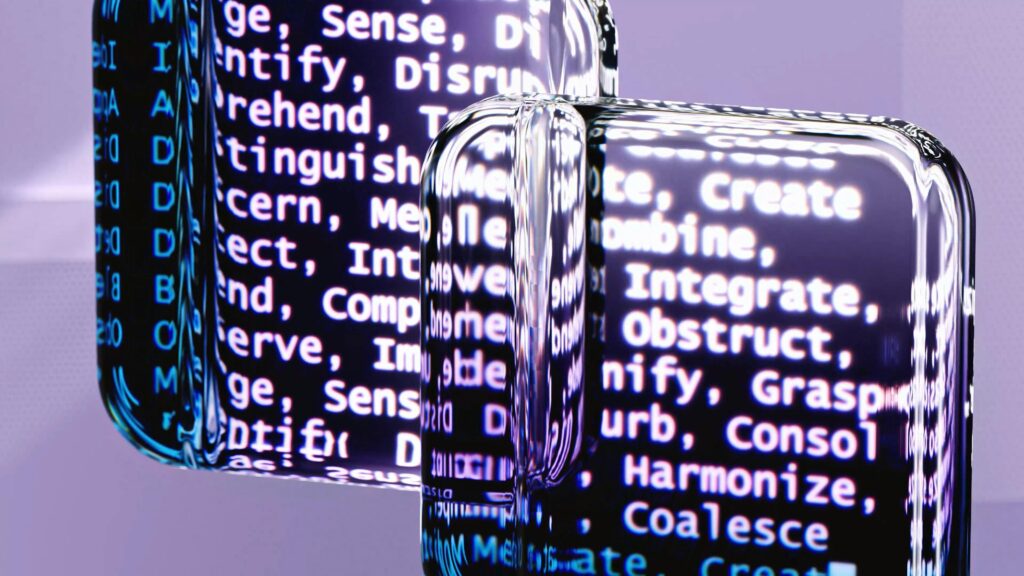| Apr 06, 2025
Trending

In 2025, the world is witnessing a biotech and longevity science boom that is fundamentally reshaping healthcare, aging, and how we think about life itself. Fueled by breakthroughs in genetic engineering, cellular therapy, and personalized medicine, biotechnology is moving beyond treatment and into prevention, optimization, and life extension.
As governments, investors, and research institutions pour resources into biotech innovation, the implications span far beyond the lab—impacting everything from chronic disease management to how long we live and how well we age.
This article explores the rapid growth of biotech and longevity science, its everyday applications, and the future of human health in a world where science may soon outpace biology.
Several key forces are converging to fuel this boom:
Together, these trends are accelerating biotech’s impact on modern life.
CRISPR and other gene-editing technologies are enabling scientists to correct genetic disorders at the DNA level. From rare diseases to common conditions like cancer or diabetes, precision medicine tailors treatment based on an individual’s genetic makeup.
Example: Biotech startups are developing therapies that “switch off” disease-related genes or repair faulty ones—potentially offering cures rather than chronic treatments.
Cellular reprogramming involves converting old or damaged cells back into a youthful state. Companies like Altos Labs and Calico (backed by Jeff Bezos and Google) are exploring ways to reverse cellular aging through reprogramming technologies.
Trend: Epigenetic clocks now measure biological age more accurately than chronological age, enabling personalized longevity plans.
Advances in stem cell therapy and 3D bioprinting are bringing regenerative medicine closer to reality. Scientists can now grow mini-organs (“organoids”) for research and therapeutic purposes.
Future Outlook: The dream of lab-grown hearts or kidneys for transplant is becoming increasingly plausible, potentially solving the organ shortage crisis.
Modern biotech integrates seamlessly with consumer devices. Wearables now monitor heart rate variability, blood oxygen, glucose levels, and even stress indicators—feeding real-time data into health AI systems for proactive wellness management.
Example: Companies like WHOOP and Levels offer continuous bio-monitoring that supports personalized nutrition, sleep, and exercise routines for longer healthspan.
The biotech and longevity science boom has given rise to a new ecosystem: longevity clinics, biohacking communities, and direct-to-consumer biotech startups.
These services are democratizing longevity science, once limited to elite labs and academic centers.
While the potential is enormous, so are the ethical questions:
As the biotech revolution unfolds, regulation, transparency, and inclusive innovation will be essential to ensure equitable access and responsible development.
The longevity economy is projected to be worth over $600 billion by 2030. Forward-thinking companies are already pivoting:
Example: Amazon’s acquisition of primary care companies and Apple’s expanding health features show Big Tech’s growing presence in healthcare.
As the biotech and longevity science boom continues, we’re moving toward a future where aging is no longer seen as inevitable decline, but a manageable biological process.
Potential future milestones include:
We are not merely extending lifespan—we are extending healthspan, the number of years we live without disease or disability.
The biotech and longevity science boom is redefining what’s possible for human health. As science advances and becomes more accessible, individuals will gain more control over how they age, how they heal, and how they thrive.
In this era of transformation, the most powerful shift may not be in how long we live—but in the quality, clarity, and vitality with which we do it.
Stay ahead with the latest trends! Subscribe now to receive exclusive insights, industry news, and timely updates straight to your inbox. Don’t miss out on valuable content—join us today